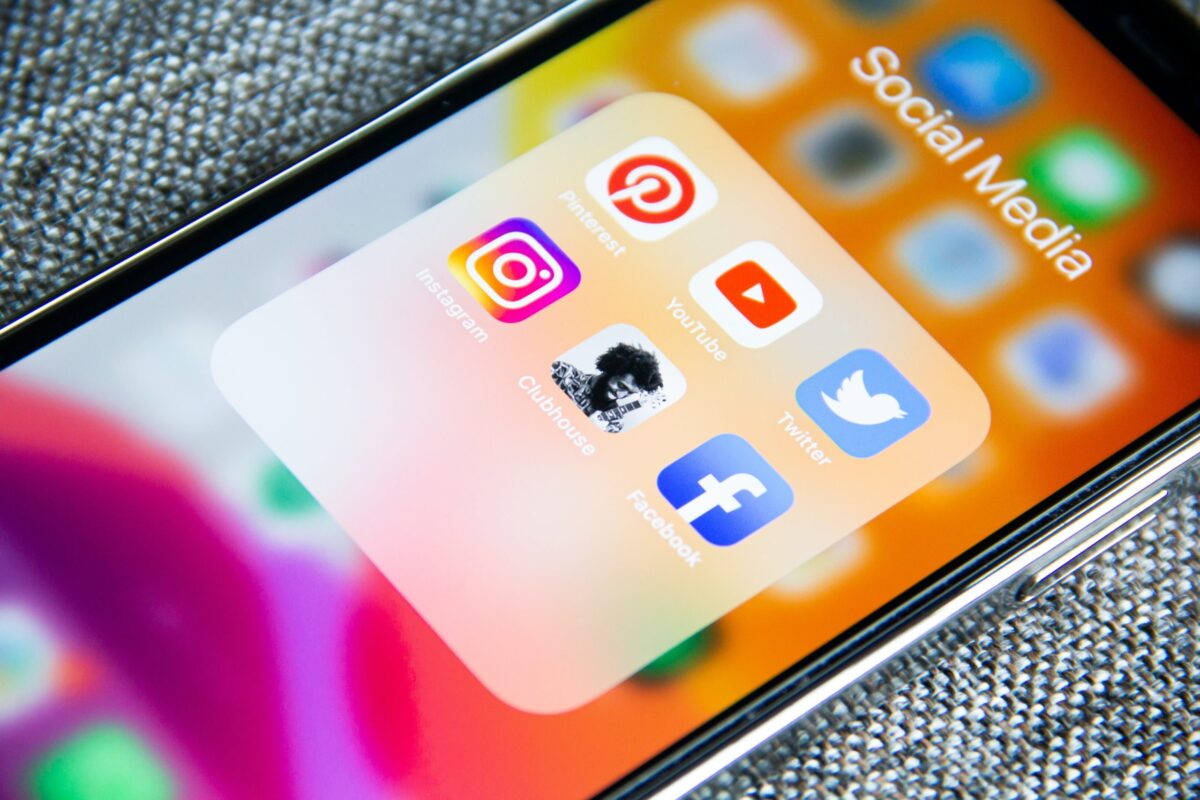
These days, we spend a lot of money and time on online brand-building. There are tons of marketers online that promise to revamp your sales. They’ll write copy, buy you social media ads, and build you funnels. But who does all this go to? A massive population at the very top of the funnel. You’d be lucky to get 2% buy in. Seems inefficient, doesn’t it?
This could be fine for selling digital products, personal branding, and even personal services, but when it comes to consumer packaged goods (CPG), the effort isn’t nearly as effective as starting with good physical distribution.
Many consumer brand-builders decide to sell their products online, not because they want to, but because they have to. Retailers won’t take them! So, they try to execute the same type of campaigns that seem to be successful for personal brands. If you have a lot of money for TV ads, it may rub off as support for your online efforts. But now you’re breaking the bank, and your ROI is in jeopardy.
On the other hand, online consumer brand promotions that are already in retail can see a handsome ROI, since the consumer has already seen the brand. We notice that, before making their first purchase, consumers will be aware of a brand after several visits to the store. Online promotion can shorten that time by making the consumer more familiar with your brand’s benefits and features by offering incentives or by providing third-party endorsements. But it must be at retail first!
Most importantly, an online initiative can provide where-to-buys. Your field salespeople can use this to promote displays and specials in physical stores.
So why not sell online in addition to in-store? To put it simply, retailers won’t go near it if it’s one cent less anywhere online than what they can sell it for. This is why many consumer brand-builders list a purposely inflated price—just to make room for the retailer.
Think about subscription models, like the Dollar Shave Club for example. They’re somewhat successful, but how many subscriptions does a consumer want to get the hundreds of products they need? How often do they want their deliveries? What if they miss one? Eventually, one trip to the retailer seems like the better option.
In retail, the new trend is to go to the store, pick out what you want, and have the items delivered same-day. This is kind of a mash-up between physical choice, personalized attention, and instant gratification. Or, like at Target, Walmart, and many other retailers, you can order online and pick the items up in-store without paying a delivery fee. This reduces the store’s need to carry large inventories by satisfying specific consumer orders for on-demand products.
Even with the above changes and many more to come, ensuring physical distribution is the easiest way for people to find you. It’s the best way to utilize online promotion. But, it’s the most difficult challenge that consumer brand builders face. So why do it, then? Because the best discovery, volume, and large transactions that keep CPG business going are still at retail.
And there’s no magic formula. Getting on the shelf isn’t the real challenge. The real challenge is staying on the shelf! Don’t take your first big break lightly. But, if you can get in at retail level and then get discontinued (possibly due to your unfamiliarity of how to service your customers), the entire industry will know. Your competition will be happy to warn others not to purchase your “non-starter.” Make sure your first few shots at retail give you the reputation of a “hot mover.” You’ll need that to expand your distribution!
Then, once you put all that money into promotion and online ads, it’ll have somewhere to go—into the store, where customers have seen that brand before!
To help you out, we’ve created a course called Shelf Smarts. Check it out! Discover how you can get your product on the shelf, and keep it there!
For more, read on: http://c-suitenetworkadvisors.com/advisor/michael-houlihan-and-bonnie-harvey/


















